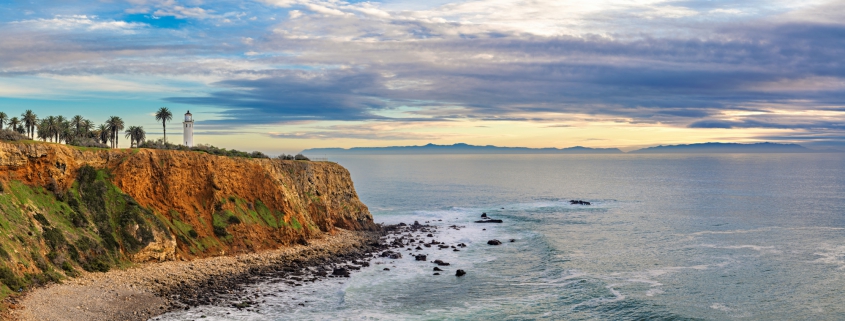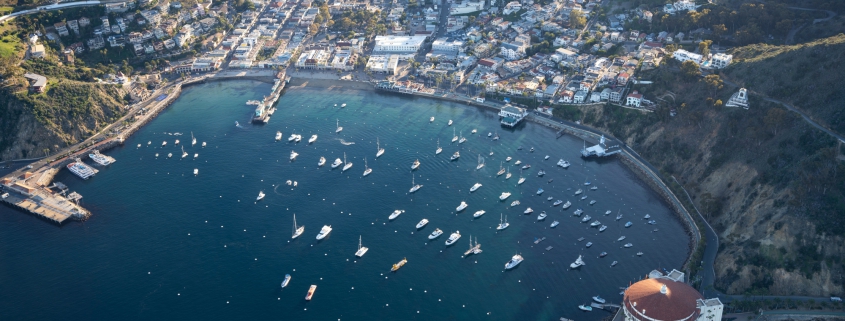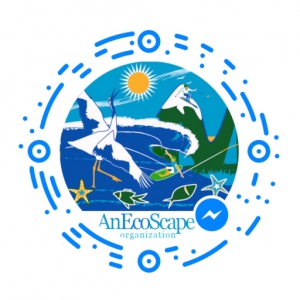Natural and Artificial Reefs in Southern California.
Southern California is home to several natural and artificial reefs. Both natural and the artificial reef projects enhance marine habitats and promote recreational activities such as diving and fishing.
Click here to add your own text
Palos Verdes Peninsula: The Palos Verdes Peninsula, near Los Angeles, is home to various rocky reefs. Spots like the Redondo Submarine Canyon and the Point Vicente Marine Life Refuge offer opportunities for underwater exploration and encounters with diverse marine species.
Laguna Beach: Along the coastline of Laguna Beach, you can find several reef areas, such as Shaw’s Cove and Treasure Island. These spots are popular among snorkelers and divers due to the presence of rocky reefs and kelp forests.
La Jolla Cove: Situated in San Diego, La Jolla Cove is renowned for its underwater park and abundant reefs. The area is famous for its vibrant marine life, including colorful fish, sea lions, and even leopard sharks.
Catalina Island: Located southwest of Los Angeles, Catalina Island is another important reef area. The island’s coastline is known for its kelp forests and rocky reefs, offering rich marine biodiversity.
Channel Islands: The Channel Islands, located off the coast of Southern California, are known for their diverse and thriving reef ecosystems. Popular islands that feature reefs include Santa Cruz Island, Anacapa Island, and Santa Barbara Island.
Please note that these are just a few examples of reef locations in Southern California. The region has many more reefs and underwater habitats that support a wide range of marine life.
Southern California is also home to several artificial reef projects that have been created to enhance marine habitats
Avalon Underwater Park: Located near Catalina Island, the Avalon Underwater Park is an artificial reef system designed to promote recreational diving. It features a network of concrete modules, sunken vessels, and other structures that provide habitats for marine organisms and offer opportunities for exploration.
Wreck Alley: Located off the coast of San Diego, Wreck Alley is a popular artificial reef consisting of multiple intentionally sunken ships. These wrecks, including the HMCS Yukon and the Ruby E, serve as havens for marine life and have become a renowned scuba diving destination.
Redondo Beach Breakwater: The Redondo Beach Breakwater project involved placing large concrete modules along the breakwater to create a series of artificial reefs. These structures provide habitat for various marine species and have helped to restore biodiversity in the area.
Palos Verdes Artificial Reef: Situated off the Palos Verdes Peninsula, the Palos Verdes Artificial Reef project was initiated to mitigate the loss of natural reef habitat due to the construction of the Cabrillo Marina. Submerged concrete and limestone structures were deployed to create new reef areas, supporting a diverse array of marine life.
Hermosa Beach Artificial Reef: The Hermosa Beach Artificial Reef was constructed with the aim of enhancing marine biodiversity and creating new surfing and diving spots. The project involved placing a series of artificial reef modules, made from environmentally friendly materials, off the coast of Hermosa Beach.







